Wheel Alignment
Wheel alignment is a crucial aspect of vehicle maintenance that helps ensure safety, extend the life of your tires, and maintain optimal vehicle performance. It is recommended to have wheel alignment performed by trained professionals using the appropriate equipment to achieve the best results.
- Free Wordwide Shipping
- 30 Days Return
- Member Discount
- Inspection and Assessment:
- The process typically begins with an inspection of the vehicle’s tires, suspension components, and steering system to identify any issues that might affect alignment.
- Signs of misalignment include uneven tire wear, steering wheel off-center, drifting to one side while driving, and vibrations.
- Alignment Measurements:
- Technicians use specialized alignment equipment, including laser or computerized alignment machines, to measure the current angles of the vehicle’s wheels.
- The three primary wheel alignment angles are camber, caster, and toe:
- Camber: This angle measures the tilt of the wheel when viewed from the front or rear. Proper camber ensures even tire wear and helps the vehicle maintain stability during turns.
- Caster: Caster angle is the forward or backward tilt of the steering axis when viewed from the side. It influences the vehicle’s steering stability and returnability to the center position.
- Toe: Toe alignment refers to the angle at which the tires point inwards or outwards when viewed from above. Proper toe alignment ensures the tires are parallel to each other and reduces tire wear.
- Adjustment:
- Based on the alignment measurements and manufacturer specifications, technicians make adjustments to the vehicle’s suspension components. These adjustments involve manipulating various components such as tie rods, control arms, and cam bolts to bring the wheels back into the correct alignment angles.
- The goal is to ensure that all four wheels are properly aligned, with the camber, caster, and toe angles set according to the manufacturer’s specifications.
- Test Drive and Final Adjustment:
- After making the initial adjustments, technicians typically perform a test drive to assess the vehicle’s handling and ensure it drives straight and without issues.
- Further fine-tuning may be necessary to achieve the desired alignment, and adjustments are made as needed.
- Alignment Verification:
- Once the adjustments are complete, the alignment measurements are rechecked to confirm that the wheels are now properly aligned.
- This step ensures that the vehicle meets the manufacturer’s specifications and that the alignment is within acceptable tolerances.
- Benefits:
- Proper wheel alignment offers several benefits, including improved vehicle handling, reduced tire wear, enhanced fuel efficiency, and a more comfortable driving experience.
- It also promotes safety by preventing the vehicle from drifting or pulling to one side, especially in emergency situations.
- Regular Maintenance:
- Wheel alignment is not a one-time task; it should be performed periodically as part of routine vehicle maintenance. Factors such as hitting potholes, curb impacts, and wear and tear on suspension components can cause misalignment over time.

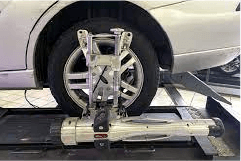

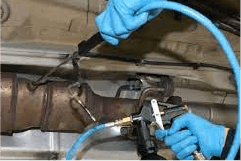

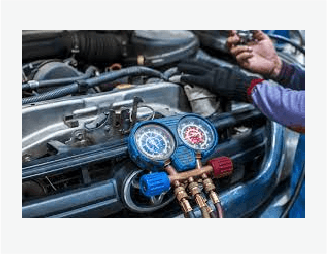
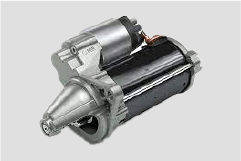
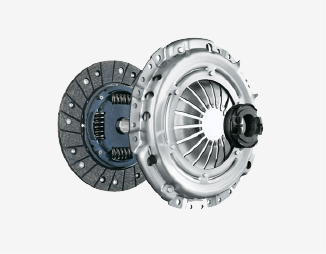
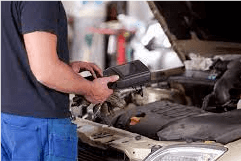
Reviews
There are no reviews yet.